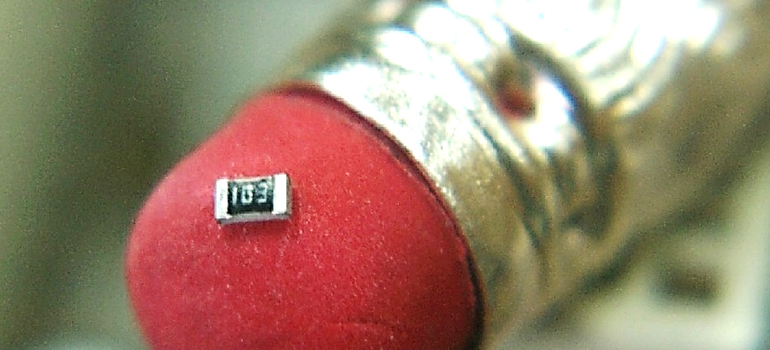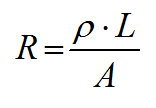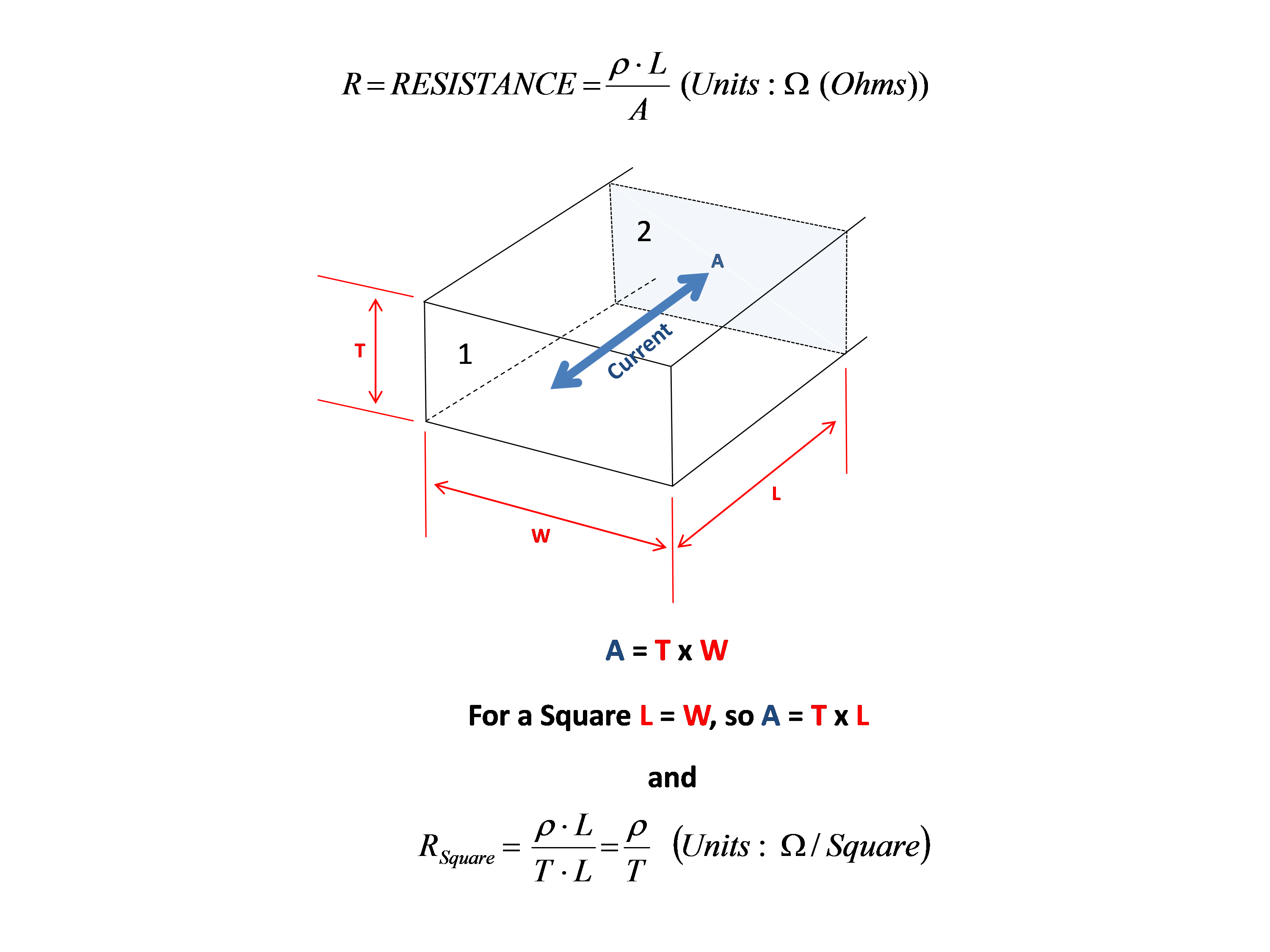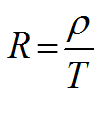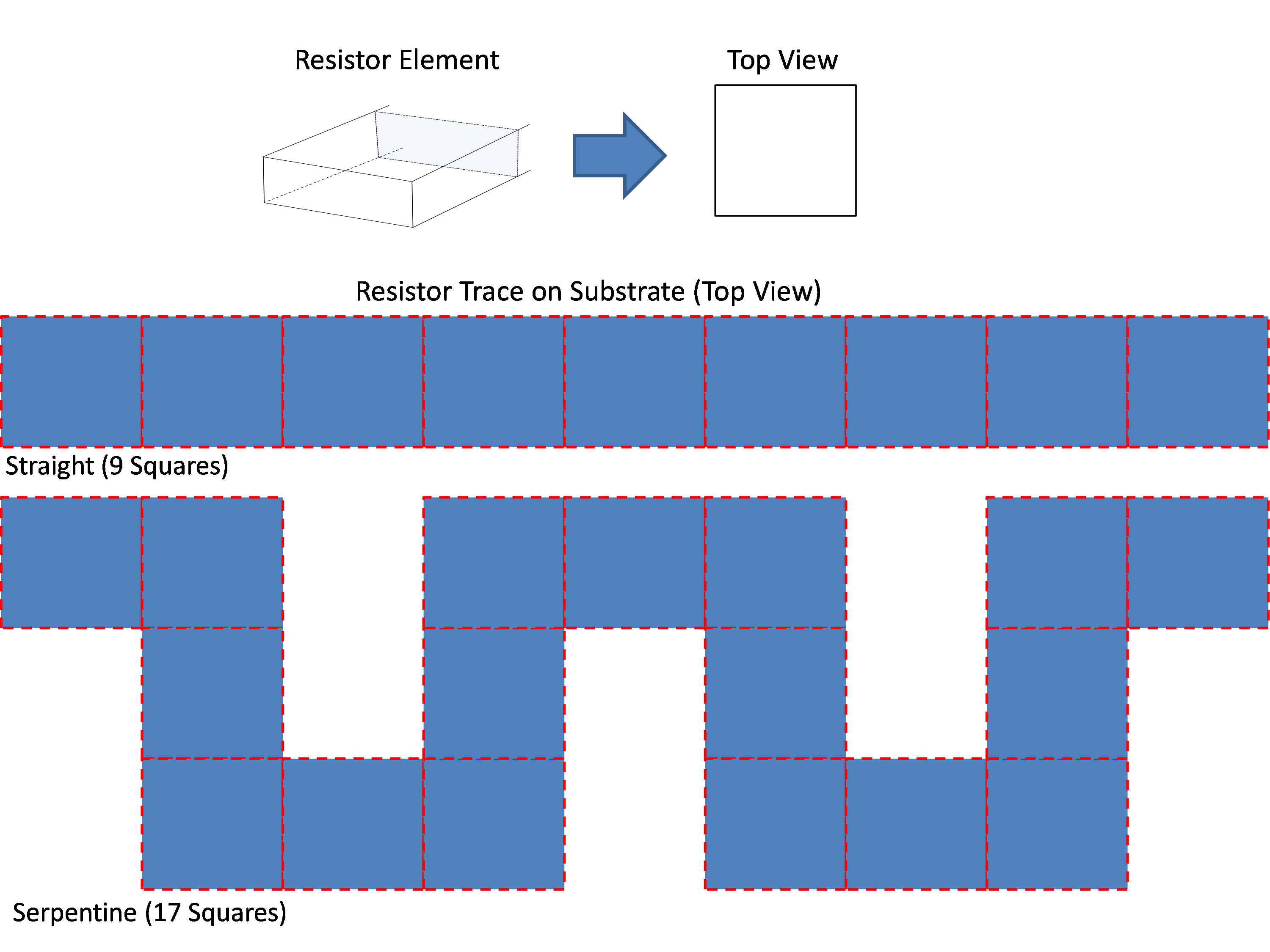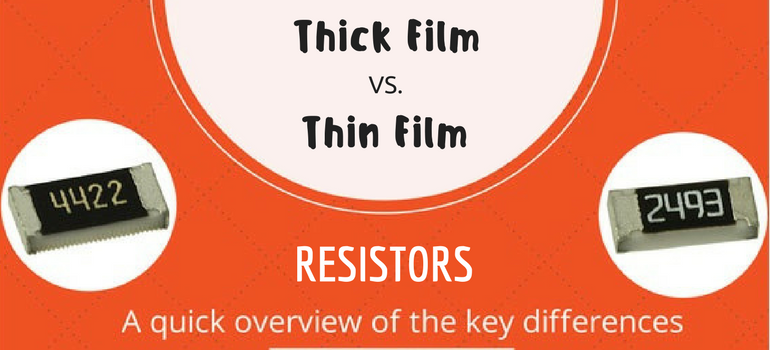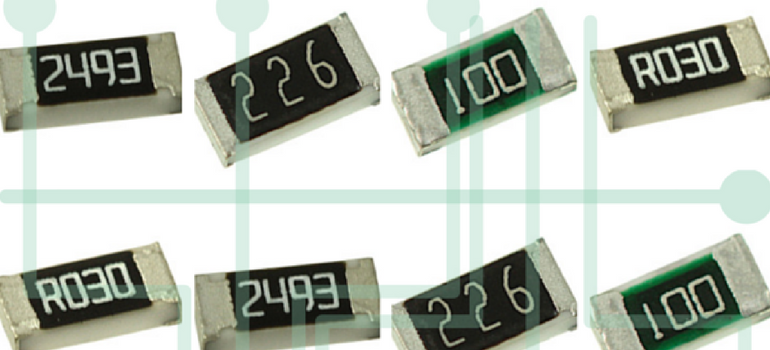
This is Part 2 of a Three Part Series
- Chip Resistors Part 1: The Basics
- Chip Resistors Part 2: Types
- Chip Resistors Part 3: Applications and Considerations
Greetings designers! “A resistor by any other name” still resists current, right? Of course, you know by now that the answer is, “it depends.” What is the intended purpose and application environment for the resistor you seek? What values, tolerances, temperature stabilities and other specifics are required? What size can you accommodate and how much power will said resistor have to tolerate? What other environmental factors (e.g., RoHS, high sulfur atmosphere, or the like) are important to your application? To that end let’s talk about some different types of chip resistors. We’ll discuss general purpose, high precision, current sense, high voltage, high power, high resistance, trimmable and environmentally compliant and chemically stable flavors of resistors.
General Purpose
General purpose chip resistors are used in surface mount circuit designs wherever you need a standard or general resistor such as for voltage reduction, current control, or the like. These are typically thick film resistors, and are available in case sizes as small as 01005 (EIA). General purpose chip resistors exhibit temperature coefficient of resistance (TCR) values as low as +/-100 ppm/C, with operating temperature range from -55C to 150C+, and have nominal values from as low as 0 Ω to 20 MΩ+, with power ratings ranging from ~0.01W to 2W+.
High Precision
High precision chip resistors are available in either thick film or thin film configurations. They typically exhibit very low change in resistance with changing temperature. Temperature coefficient of resistance (TCR) values for high precision chip resistors may be as low as +/-5 ppm/C. Resistance tolerances are also very tight relative to standard chip resistors. For example ultra high precision chip resistors may have resistor value tolerances as tight as +/-0.01%. These resistors are useful when you can’t trim or calibrate your circuit post assembly, or in other circumstances where tight tolerances and high levels of resistor value stability with changing temperature are required.
Current Sense
Current sensors are circuits that detect and convert current to voltage that is proportional to the amount of current traversing the circuit. Current sensing resistors are common for this purpose. They create a voltage drop when voltage is measured across the resistor. This voltage drop is directly related to the current via Ohm’s law (V=IR). The resistance is carefully selected so as to cause a voltage drop suitable to the circuit when passing currents in the range anticipated by the design. Current sense resistors are typically low value (<1 Ω) in order to avoid excessive power usage. Further current sense resistor information is available via Venkel’s Current Sense Resistors Cheat Sheet.
High Voltage
Got a high voltage circuit for lighting or HV instrumentation or HV industrial or other HV applications? As with HVMLCCs, high voltage chip resistors are likely needed. These devices are designed to prevent arcing or voltage related failure in circuits rated up to 2KV.
High Power
If you have an application requiring enhanced reliability or requiring high power density, you should consider using high power resistors in your design. High power resistors utilize special materials and designs to improve thermal properties in order to provide better power dissipation capability. High power resistors may be used in place of general purpose resistors where high power density is needed as they offer higher power ratings than their general purpose chip resistor analogs in the same case size. They are well-suited for applications subjected to high current, or where a large de-rating margin is needed such as in high temperature environments or high power density applications or the like.
High Resistance
High resistance chip resistors are typically used in high impedance instruments, test equipment circuits, temperature measurement circuits, voltage dividers, circuits for gain setting, or other high impedance amplifier circuits or the like. High resistance chip resistors are typically thick film resistors ranging in case size from 0402 (EIA) to 2512 (EIA) or larger. Resistance values for these applications typically range from as low as 1 MΩ to 100GΩ+.
Trimmable Resistors
As a continuation of the “it depends” mantra, some circuit designs require at least one tunable or trimmable resistor as you just can’t “design-in” the optimal value until you actually test the circuit. Devices using circuits that require calibration such as certain Op Amps, oscillators, voltage dividers, tuned sensor circuits and the like may benefit from use of trimmable resistors. Trimmable resistors can be LASER trimmed to higher resistance than nominal as the resistor element and the glass passivation utilized are specially designed to allow in-situ LASER trimming after mounting the resistor to the circuit. This enables in-situ tuning of the circuit. In certain cases, trimmable resistors may even replace more costly and clumsy potentiometers as well.
Environmental Issues
We all care about our environment, and to that end RoHS (restriction of hazardous substances) regulations have resulted in the reduction or elimination of lead, mercury, cadmium hexavalent chromium, brominated biphenyls and diphenyl ethers from electronic components and equipment, chip resistors included. In some cases, Pb is still allowed as a constituent (i.e., RoHS 5 or 5/6), but in many cases RoHS 6 or 6/6 is required. The demand for the latter is likely to increase in the future as environmental regulations and requirements further mature.
Do you have problems with sulfur in your application atmosphere? Certain materials, such as silver or copper tend to react with atmospheric sulfur creating corrosion that can become a major problem. Care in materials selection and resistor design can help avoid this problem. Anti–sulfuration resistors increase the reliability of chip resistors in sulfuric or otherwise contaminated environments such as experiences with certain industrial atmospheres, or with in-tire electronics or the like, where reaction with sulfur at the resistor element-termination interface can result in increased resistance due to formation of silver sulfide at that interface. This can occur with as little as 1-3 ppm sulfur concentration in the ambient. Anti-sulfuration resistors have been proven to prevent these types of failures.
Wow!…I hope that you agree that there are lots of “flavors” of chip resistors out there and I hope that this article will be helpful to you when selecting chip resistors for your circuit designs. As with other components, it is critical to understand the temperature range and other environmental factors of your application as well as the voltages, power dissipations, resistance values, tolerances and other key requirements of the components that you select for your application. My apologies to all of you Shakespeare lovers out there for butchering the prose of “The Master,” whether you be Capulet or Montague! ;- ) TTFN!


